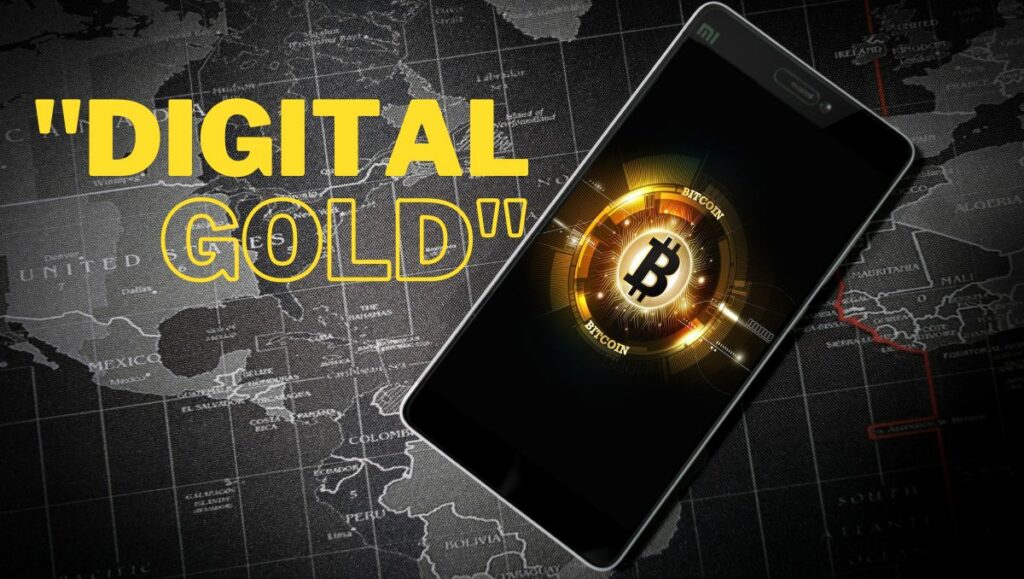
Bitcoin has recently proven its resilience in the face of numerous economic factors, such as US Federal Reserve interest rate hikes, increased regulation, and bond market volatility. Despite these challenges, the world’s largest cryptocurrency by market capitalization continued to trade above $28,000 for the majority of the day after a brief dip on Thursday. This impressive rebound is attributed to Bitcoin’s role as a “digital gold” and is a sign of increasing confidence in the cryptocurrency’s long term utility.
Institutional investors, however, have not demonstrated the same bullishness as private traders. The number of Bitcoin addresses holding more than 1,000 BTC each has decreased by 12% since March 2022, a trend which suggests that some of the larger players in the market are opting to take profits rather than diving further into the occasional ups and downs of the cryptocurrency. Ethereum whales, on the other hand, have seen an increase of 5% over the same time period.
Crypto markets remain largely positive, with venture capital firms like a16z demonstrating faith in the sector by investing $25 million into Here Not There, despite some areas of discontent. US crypto regulation continues to be a pressing issue, with the US SEC filing a lawsuit against Sam Bankman-Fried, the CEO of crypto exchange FTX. However, Bitcoin funding rates have been continuously positive for 10 days, indicating investor motivation and conviction in the resilience of the asset.
The interesting question going forward is whether Bitcoin’s “digital gold” attributes will overpower scares about institutional investors as a Fed rate hike dampens appeal. So far, the world’s largest cryptocurrency has withstood numerous forces of economic pressure, proving a resilient store of value for both retail and institutional investors alike. Analysts like Benoit Bosc, Global Head of Product at crypto trading firm GSR Markets, sees this resilience as an indicator the crypto ecosystem can maintain its strength despite external forces.
“You have this store of value, digital gold feature of bitcoin, which is that, you still have inflation,” says Bosc. “They’re fighting it, but it still exists. Bitcoin has a limited supply, and so that’s a better alternative. You also have issues with stable coins. So bitcoin suddenly seems more stable and safe than those at the moment.”
For those looking to explore the digital gold features of Bitcoin, breaking into the market is easier than ever before. Simple and secure accelerated onboarding methods like decentralized exchanges, digital wallets, and investor-friendly apps are paving the way for a readily accessible digital asset economy, despite their differences in regulation and market sentiment. With Biden Administration also embarking on a blockchain-friendly agenda, the way seems to be clear for Bitcoin and its counterparts to continue their ascension toward becoming the new gold standard.